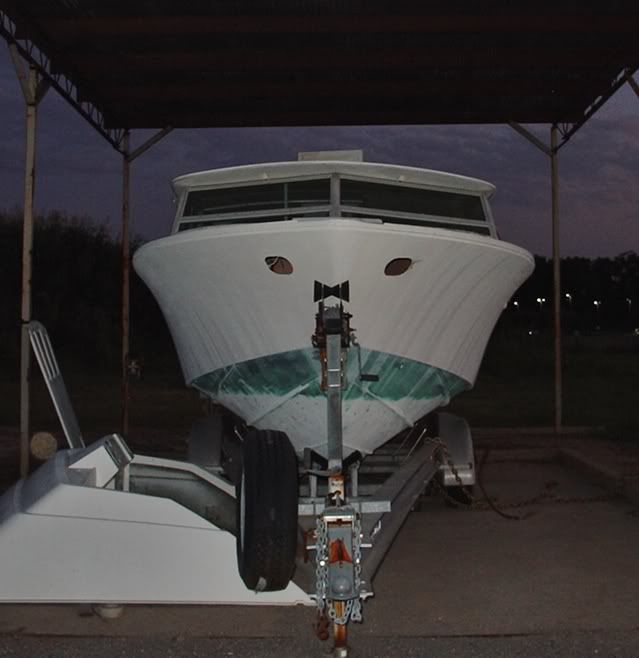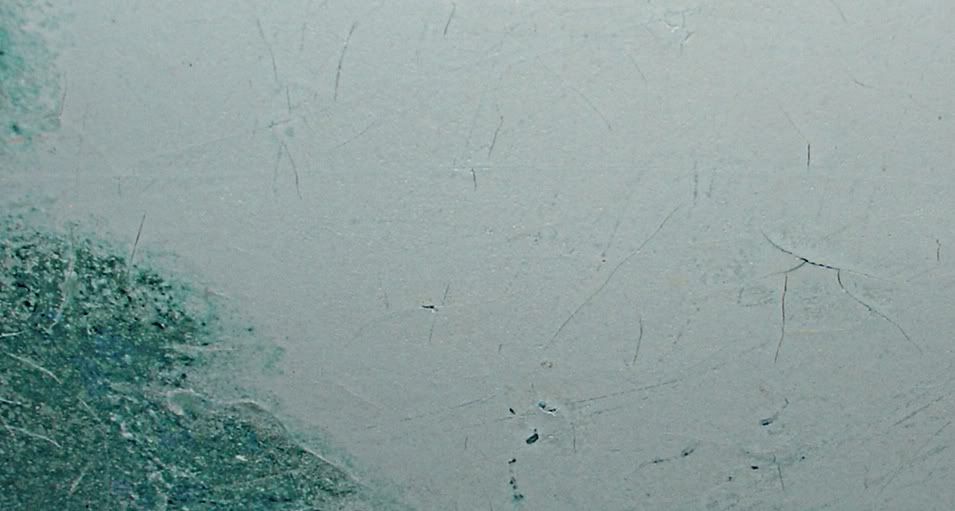Re: Dry Fiberglass
:welcome: to Drydock blk! LOTS of GREAT PEOPLE here and LOTS of HELP! People from all kinds of backgrounds and experiences.
we have docking lights and two large holes where the originals were but im not sold that i want them and the leak spots they can cause. We have a spotlight that could probably take their place pretty easy. What are your thoughts on that? Glass them over or put them in and get a good seal? I do have to say they arnt doing the looks of the hull any favors.
IMO, if you leave the lights, they can be sealed with a good quality Marine Grade polyurethane sealant such as 3M 5200.
Holes that you decide to fill is a mixture of polyurethane resin (or epoxy resin) and chopped fiberglass strands. Fumed silica or Microspheres can be added to bulk up the resin know as peanut butter (PB) here. Sand level after cure and finish with gel-coat.
the other trouble spot i know of is on the bow deck and i know this will be a pita. The deck is a little soft so i imagine that wood has had it. I haven't done it before but is vacuum bagging the best way to fix this since i have to work from the bottom unless i cut it out?
Vacuum bagging in aviation

lane

my background) is used to pull all the layers together as in a clamping of wood pieces together. It applies pressure at the rate of about 1/2lb. of pressure (PISG) for every inch mercury or of water column, i.e. if you have the capability to pull 20iches of vacuum, you are exerting right at 10lbs of clamping force. This is normally used in wet layup to wet layup. Very good for smaller areas of layup or large layups in tooling of epoxy impregnated materials where there is some time to apply multiple layers of material (also, the higher in elevation you are, the less vacuum you can create, Bernoulli's Principle).
Not very practical on things such as floors. Real good practice for hulls and the like where repairs are made to small areas. Materials and ports can run big bucks for the good stuff.
Venturi type ports work to about 20-22inch range and use massive amounts of air compressor time and effort, where vacuum pumps, rotatory or piston, pull better.





















